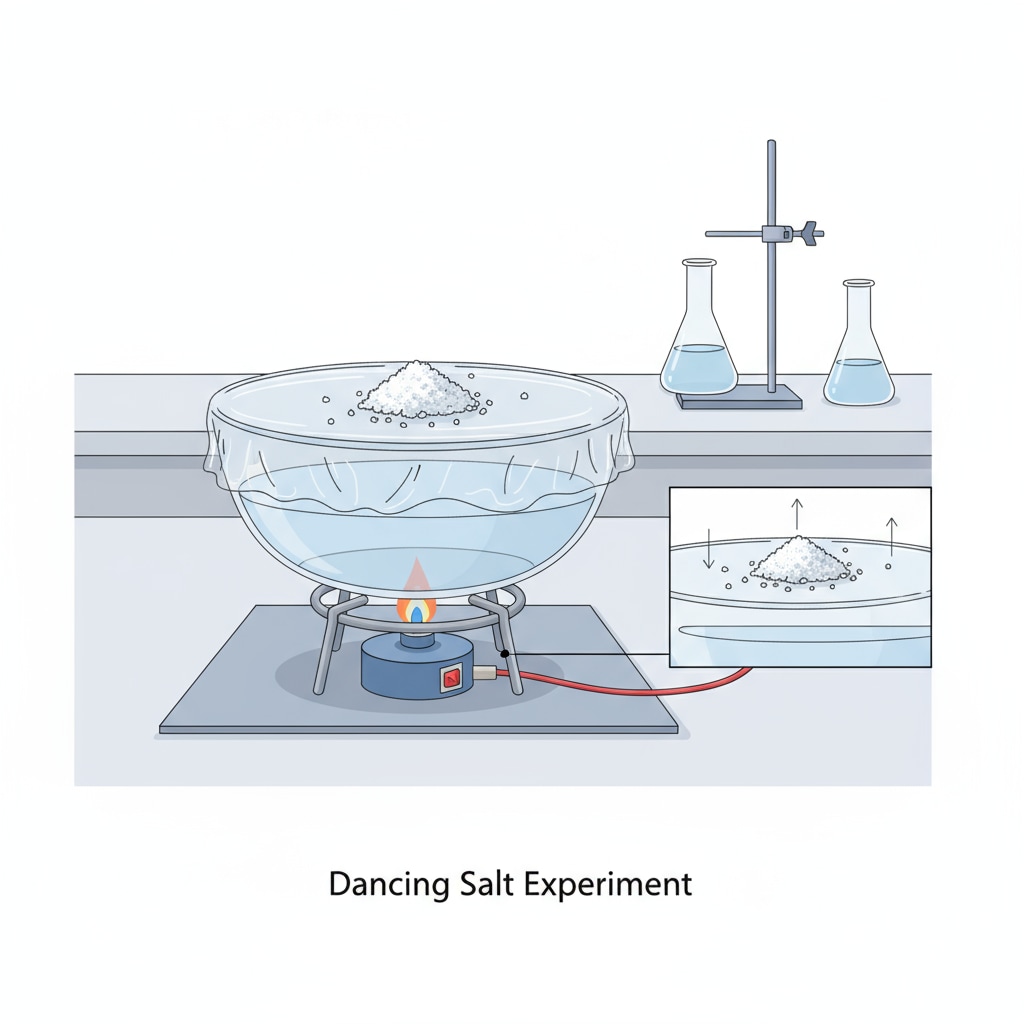Science experiments for primary school students are not only a great way to spark curiosity but also a wonderful preparation for school science exhibitions. In this guide, we’ll explore some easy yet fascinating experiments that can be conducted at home with everyday items.
Experiment 1: The Dancing Salt
This experiment is all about sound waves. You’ll need a bowl, some plastic wrap, and salt. Stretch the plastic wrap tightly over the bowl and sprinkle a small amount of salt on top. Then, shout or play loud music near the bowl. As you do this, you’ll see the salt start to “dance”. This happens because sound waves travel through the air and cause the plastic wrap to vibrate, making the salt move. Sound wave on Wikipedia

Exploring Light with a DIY Periscope
Another interesting experiment for primary school students is making a periscope. For this, you’ll need two mirrors, a cardboard tube (like from a toilet paper roll), scissors, and tape. Cut two small holes in the tube at opposite ends, just big enough for the mirrors to fit. Place the mirrors at a 45-degree angle inside the tube and secure them with tape. Now, look through one end of the periscope, and you can see objects that are not in your direct line of sight. This experiment teaches kids about how light reflects off surfaces. Light on Britannica

These experiments are not only fun but also help students understand basic scientific concepts. They can be great additions to school science exhibitions, showing off the kids’ newfound knowledge and creativity.
Readability guidance: Keep paragraphs short and use lists when possible. Each H2 section can have a simple list of materials or steps. Control the use of passive voice and long sentences. Add transition words like ‘however’, ‘therefore’, ‘in addition’ etc. throughout the text to make it flow smoothly.


